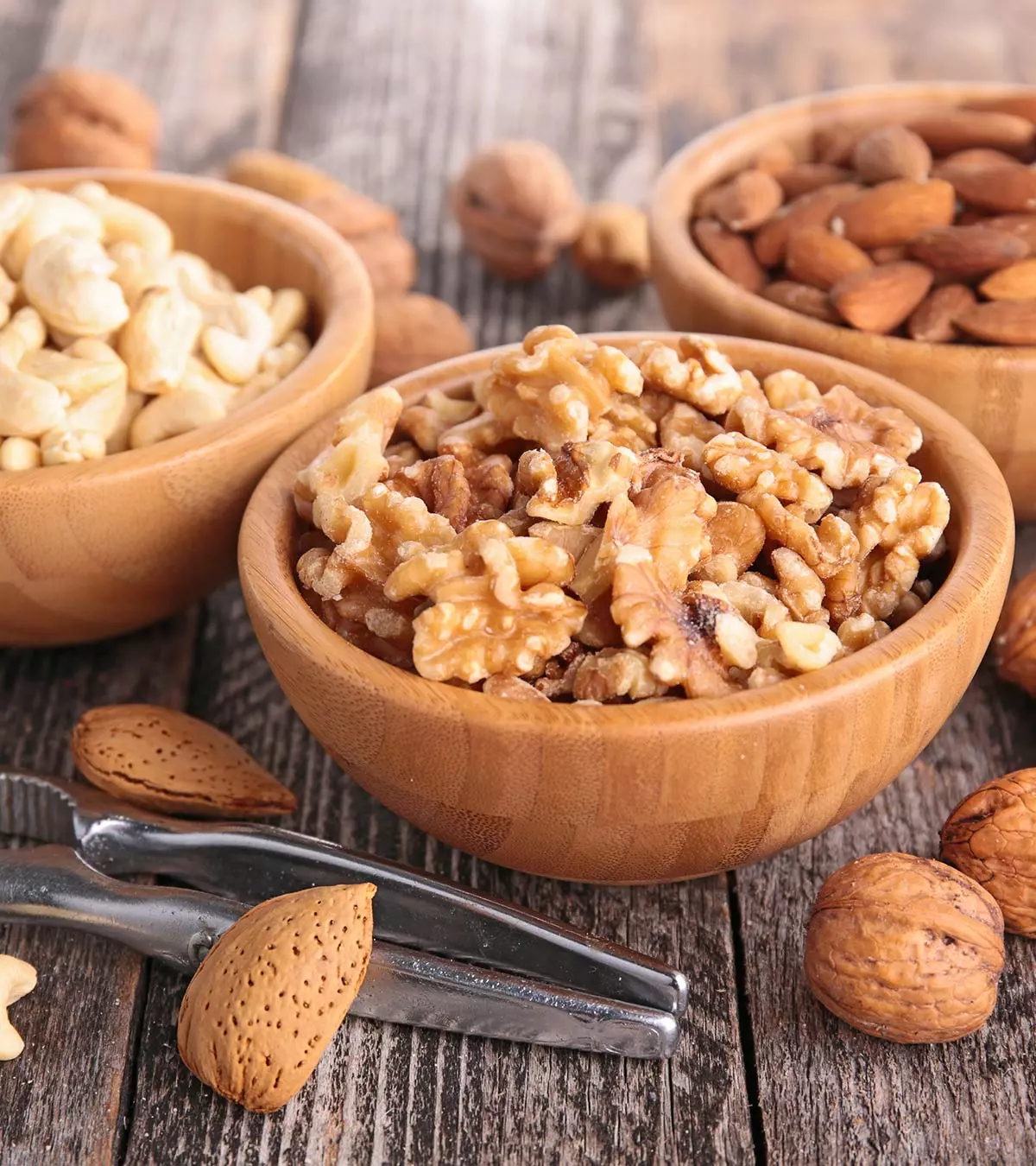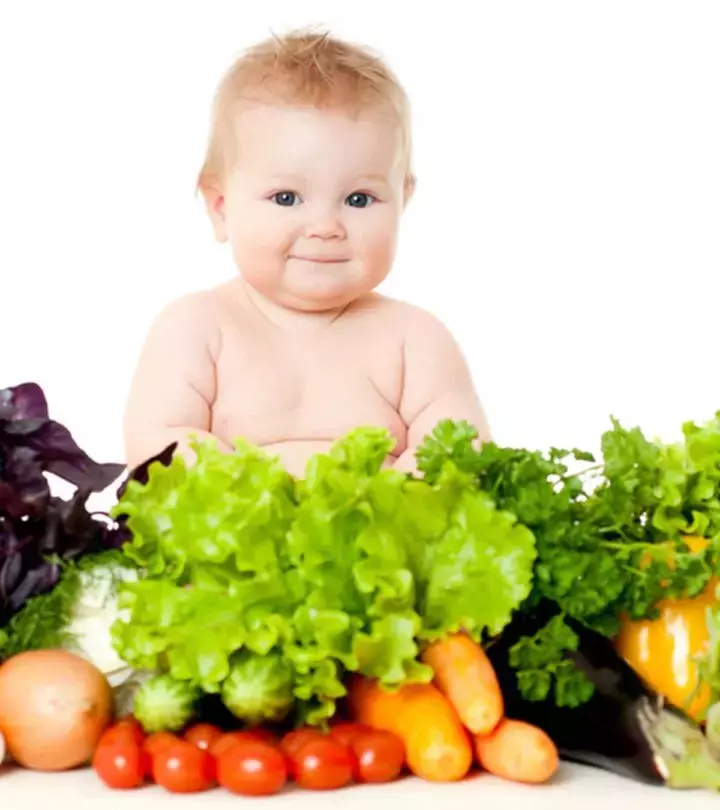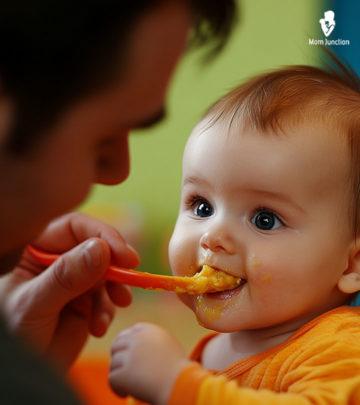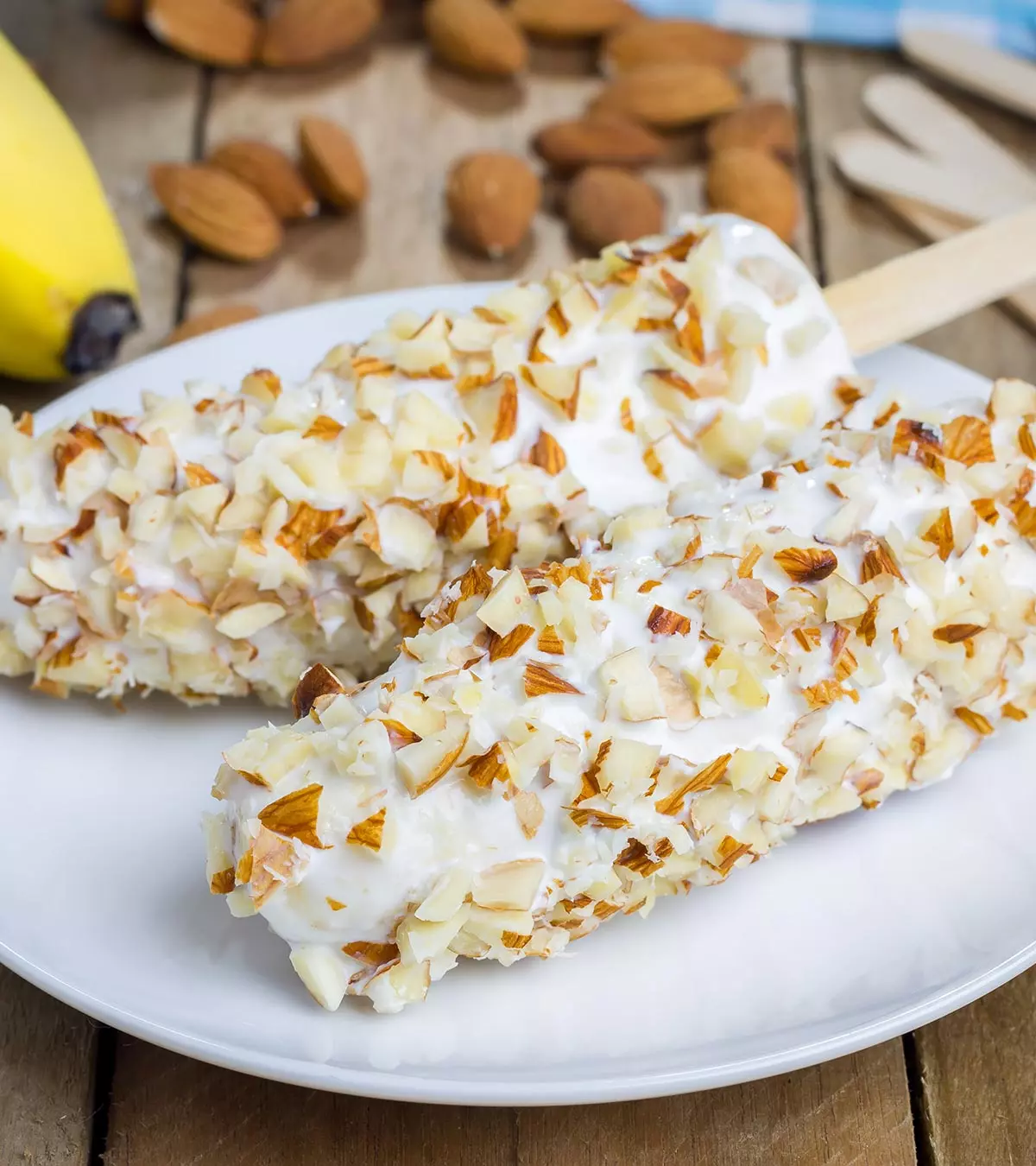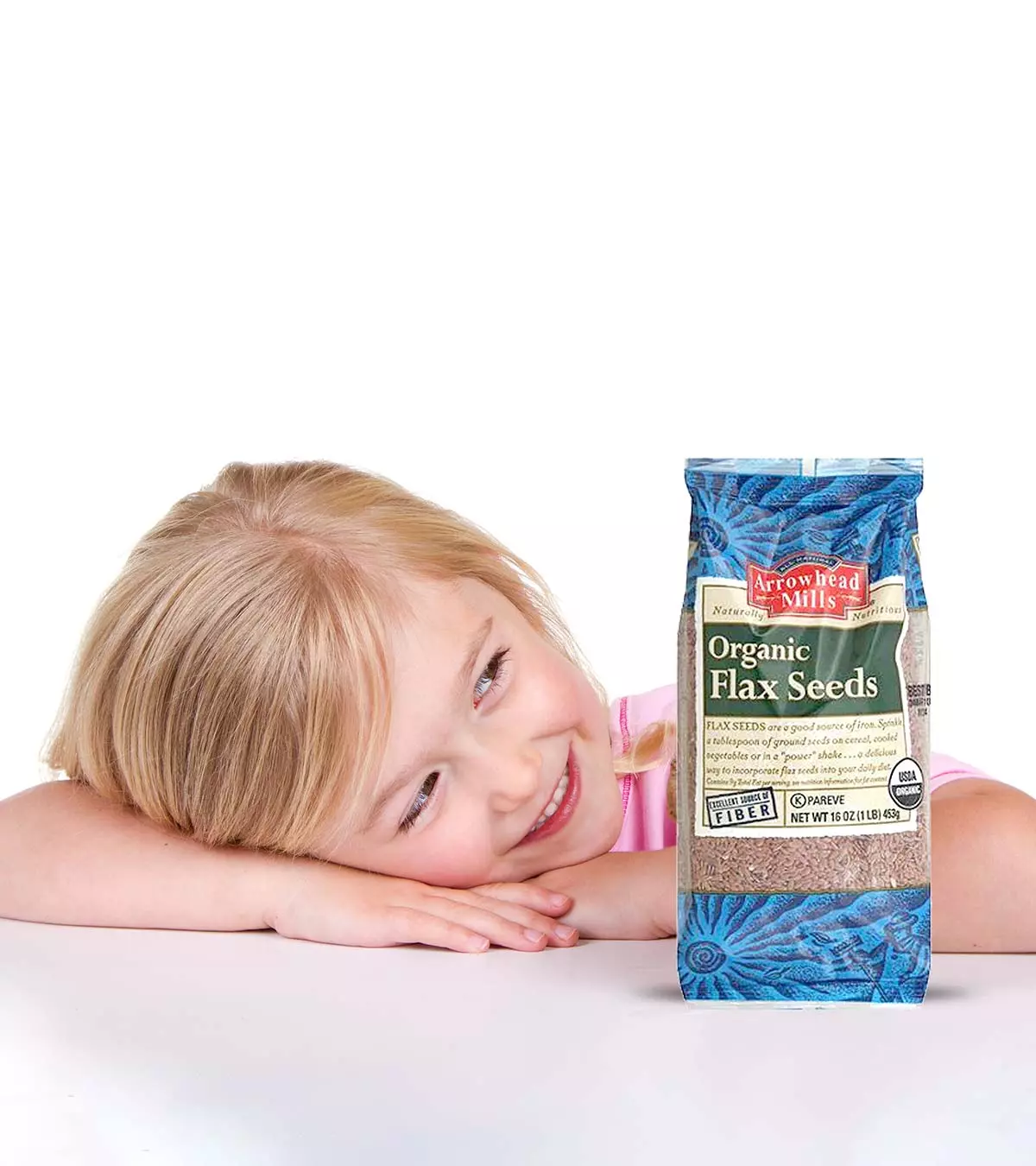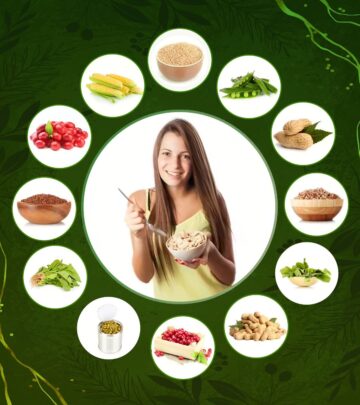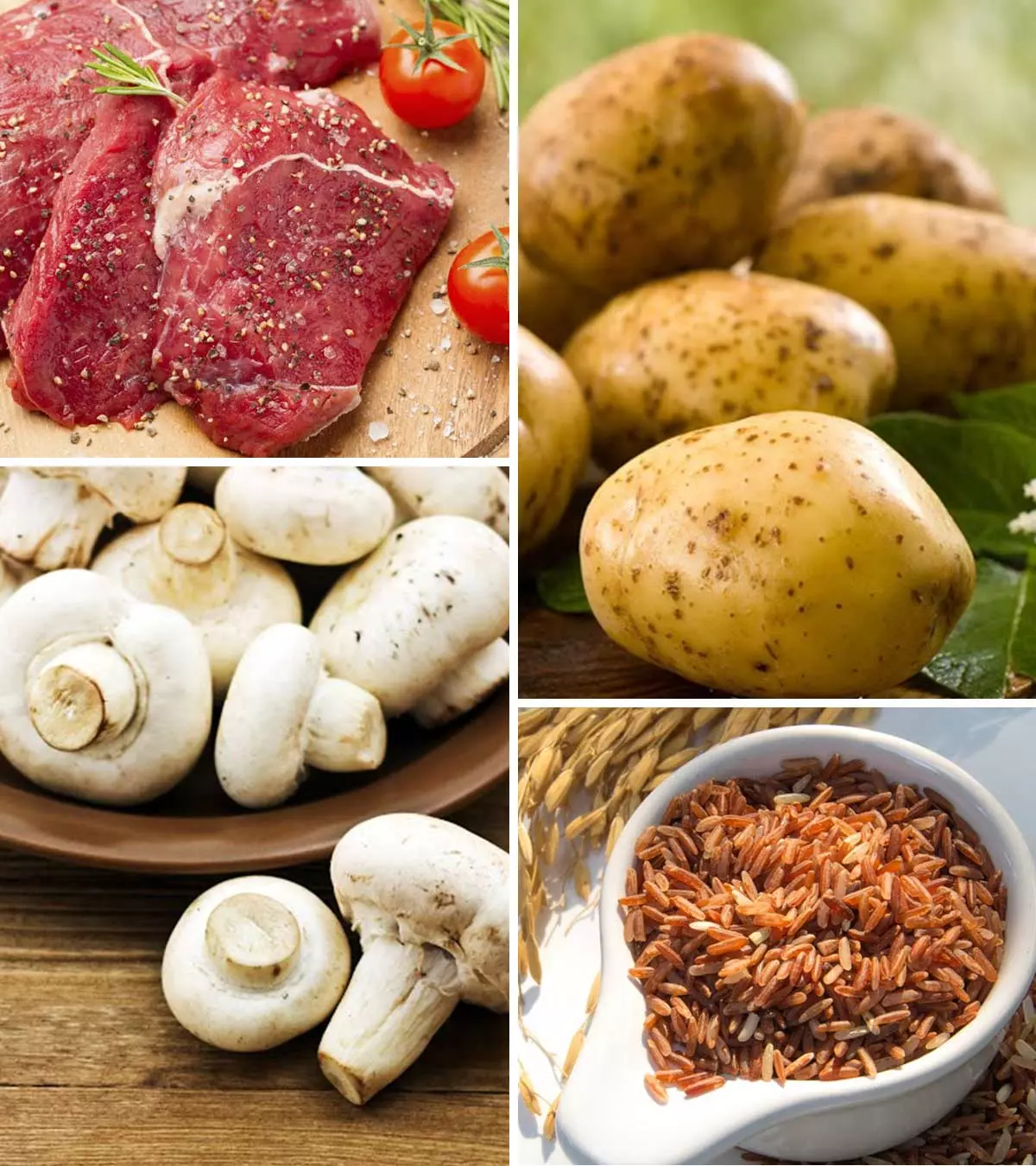MD

Dr Prakhar Nyati is an eminent pediatrician and neonatologist in Indore. He has done his MBBS and MD Pediatrics from MGM Medical College, MY Hospital and Chacha Nehru Children Hospital, a renowned medical college in central India. A gold medallist in his graduation, Dr. Nyati has four years of experience with deep knowledge about diseases, diagnosis and treatment. He holds teleconsultations for local as well as international patients.
MomJunction believes in providing the most accurate content to its readers. Hence we get our articles reviewed by highly skilled experts in the relevant fields. The articles are reviewed to ensure their authenticity, factual correctness, and relevance. The board members also add inputs drawn from their years of experience. Learn more about our medical review board.

